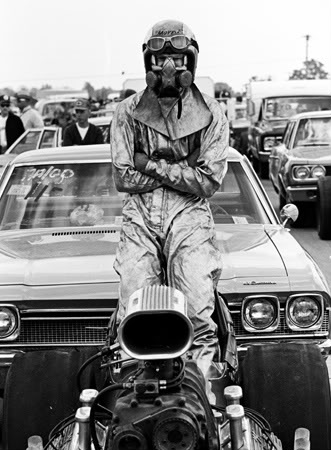When I first realized driverless cars were being road-tested and that vehicle-to-vehicle communication would be part of that new order, one of my first thoughts was that a thousand cars in one area would be hacked to suddenly turn left. I’m far from the only one to imagine this scenario, and, of course, the trick is prevention, something pressing since cars are already essentially rolling computers. From the Economist:
ONE ingenious conceit employed to great effect by science-fiction writers is the sentient machine bent on pursuing an inner mission of its own, from HAL in 2001: A Space Odyssey to V.I.K.I. in the film version of I Robot. Usually, humanity thwarts the rogue machine in question, but not always. In Gridiron, released in 1995, a computer system called Ismael—which controls the heating, lighting, lifts and everything else in a skyscraper in Los Angeles—runs amok and wreaks havoc on its occupants. The story’s cataclysmic conclusion involves Ismael instructing the skyscraper’s computer-controlled hydraulic shock-absorbers (installed to damp the swaying caused by earthquakes) to shake the building, literally, to pieces. As it does so, Ismael’s cyber-spirit flees the crumbling tower by e-mailing a copy of its malevolent code to a diaspora of like-minded computers elsewhere in the world.
While vengeful cyber-spirits may not lurk inside today’s buildings or machines, malevolent humans frequently do. Taking control remotely of modern cars, for instance, has become distressingly easy for hackers, given the proliferation of wireless-connected processors now used to run everything from keyless entry and engine ignition to brakes, steering, tyre pressure, throttle setting, transmission and anti-collision systems. Today’s vehicles have anything from 20 to 100 electronic control units (ECUs) managing their various electro-mechanical systems. Without adequate protection, the “connected car” can be every bit as vulnerable to attack and subversion as any computer network.
Were that not worrisome enough, motorists can expect further cyber-mischief once vehicle-to-vehicle (V2V) communication becomes prevalent, and cars are endowed with their own IP addresses and internet connections.•

